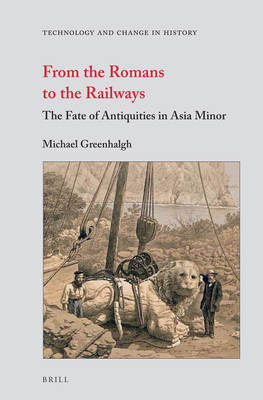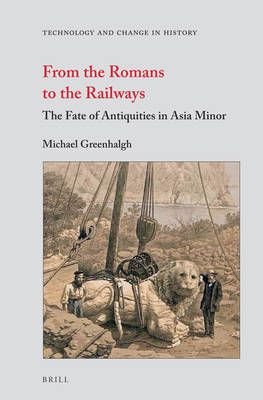
- Afhalen na 1 uur in een winkel met voorraad
- Gratis thuislevering in België vanaf € 30
- Ruim aanbod met 7 miljoen producten
- Afhalen na 1 uur in een winkel met voorraad
- Gratis thuislevering in België vanaf € 30
- Ruim aanbod met 7 miljoen producten
Zoeken
€ 360,45
+ 720 punten
Omschrijving
This multi-disciplinary account of the fate of ancient monuments and technologies in Asia Minor studies the processes and their results with the help of archaeology, history, construction engineering, and travel documentation. To clarify changes, their causes and repercussions, it compares infrastructure engineering (transportation, water management, utilitarian architecture) in antiquity with developments over the past 200 years, using the accounts of European travellers and then of excavations. It analyses patterns of and reasons for the deterioration of material life, documenting the perceptions and understanding of Roman antiquities and engineering by populations living amidst ancient Roman art and architecture, roads, and aqueducts. These are complemented by travellers' accounts of the myriad aspects of the plundering of archaeological sites and antiquities.
Specificaties
Betrokkenen
- Auteur(s):
- Uitgeverij:
Inhoud
- Aantal bladzijden:
- 492
- Taal:
- Engels
- Reeks:
- Reeksnummer:
- nr. 13
Eigenschappen
- Productcode (EAN):
- 9789004222199
- Verschijningsdatum:
- 25/09/2013
- Uitvoering:
- Hardcover
- Formaat:
- Genaaid
- Afmetingen:
- 155 mm x 235 mm
- Gewicht:
- 878 g

Alleen bij Standaard Boekhandel
+ 720 punten op je klantenkaart van Standaard Boekhandel
Beoordelingen
We publiceren alleen reviews die voldoen aan de voorwaarden voor reviews. Bekijk onze voorwaarden voor reviews.








